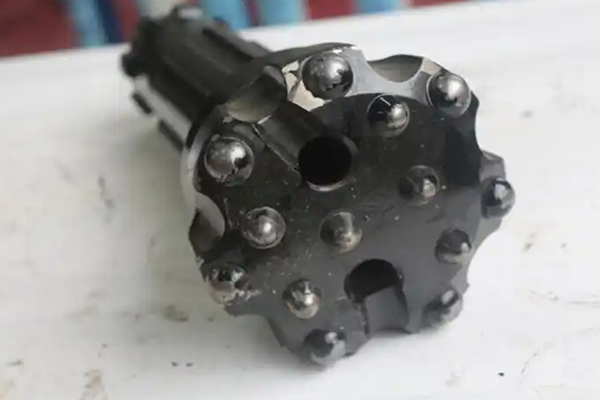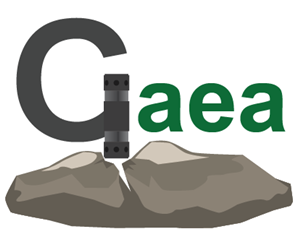How to adjust the impact frequency and pressure of the impact down-the-hole drill bit according to the rock hardness?
Rock hardness classification and characteristics:
Soft rock (such as shale, mudstone): Soft rock has a low hardness and a compressive strength generally between 10 and 50 MPa. This type of rock is easier to break and the bonding force between its particles is weak.
Medium-hard rock (such as limestone, sandstone): Medium-hard rock has a moderate hardness and a compressive strength roughly in the range of 50 to 150 MPa. Its structure is relatively dense, the bonding force between particles is strong, and a certain impact force is required to effectively break it.
Hard rock (such as granite, quartzite): Hard rock has a high hardness and a compressive strength usually exceeding 150 MPa. They have a tight crystal structure and high hardness, and are more difficult to break.

Impact frequency adjustment
Soft rock: In soft rock, since the rock is easy to break, the impact frequency of the impact down-the-hole drill bit can be relatively low. Generally speaking, the impact frequency can be set at 30 to 50 times per minute. Such a frequency is sufficient for the drill bit to break the rock while avoiding unnecessary wear of the drill bit and the hole wall due to excessive impact. For example, in shale formations, a lower impact frequency can allow the drill bit to gradually break the shale, and can effectively control the speed of drilling to prevent excessive drilling from causing instability in the hole wall.
Medium-hard rock: For medium-hard rock, the impact frequency needs to be appropriately increased. The impact frequency can usually be adjusted to 50-80 times per minute. A higher frequency can generate enough impact force to enable the drill bit to quickly break the bond between mineral particles in the rock, thereby effectively drilling. Taking limestone as an example, appropriately increasing the impact frequency can enable the drill bit to better cope with the medium hardness and relatively dense structure of limestone.
Hard rock: In a hard rock environment, in order to be able to break hard rocks, the impact frequency should be higher. Generally, the impact frequency can be set at around 80-120 times per minute. For example, in granite formations, high-frequency impacts can concentrate the force to break the hard crystal structure of granite, allowing the drill bit to gradually penetrate into the rock. However, too high an impact frequency may cause overheating and excessive wear of the drill bit, and other factors need to be considered comprehensively to balance.
Pressure adjustment
Soft rock: Soft rock requires less drilling pressure because of its low compressive strength. Generally, the drilling pressure can be controlled between 1000 - 3000N. Smaller pressure can make the drill bit impact and crush in soft rock stably, while reducing the wear of the drill bit. For example, in mud-stone, lower pressure can make the drill bit cut into the rock smoothly and maintain a good drilling state.
Medium-hard rock: Medium-hard rock requires greater pressure to ensure effective impact crushing. The pressure range can be adjusted to 3000 - 8000N. Sufficient pressure can fully transfer the impact energy of the drill bit to the rock, overcome the compressive strength of the rock, and achieve drilling. In sandstone formations, appropriate pressure can help the drill bit crush hard components such as quartz particles in sandstone.
Hard rock: For hard rock, greater pressure needs to be applied. The pressure is usually 8000 - 15000N or higher. Due to the high hardness and high compressive strength of hard rock, only sufficient pressure can make the drill bit generate enough impact force to crush the rock. Taking quartize as an example, higher pressure can make the impact of the drill bit more effective, but it should be noted that the pressure should not exceed the bearing capacity of the drill bit and the drilling rig to avoid damage to the equipment.
In actual construction, the adjustment of impact frequency and pressure also needs to consider factors such as the specifications of the drill bit, the performance of the drilling rig, the depth and diameter of the hole, and needs to be dynamically adjusted according to the actual situation during the drilling process (such as slag discharge, drill bit wear, etc.) to achieve the best drilling effect.





